India is a country of immense linguistic diversity, home to hundreds of languages spoken across its states and regions. In 2025, the most spoken languages in India are:
- Hindi – ~528 million native speakers (2011 Census)
- Bengali – ~97 million
- Marathi – ~83 million
- Telugu – ~81 million
- Tamil – ~69 million
- Gujarati – ~55 million
- Urdu, Kannada, Odia, Malayalam, and Punjabi all follow in descending order
Out of the hundreds of languages spoken in India, 22 are listed in the Indian Constitution: Assamese, Bengali (Bangla), Dogri, Gujarati, Hindi, Kashmiri, Konkani, Maithili, Marathi, Nepali, Oriya, Punjabi, Sanskrit, Sindhi, and Urdu are all members of the Indo-Aryan group of the Indo-Iranian branch of Indo-European languages. Kannada, Malayalam, Tamil, and Telugu are members of the Dravidian language family.
The three remaining languages are Manipuri (Meitei), spoken in Manipur, and Bodo, spoken in northeastern India, typically classified as members of the Tibeto-Burman branch of the Sino-Tibetan language family, and Santali, classified as a Munda language.
India is reported to have the second highest number of languages in the world, with 780 languages according to the People's Linguistic Survey of India. This places India behind only Papua New Guinea, which has 840 languages.
The other languages of the Austronesian family are spoken in Southeast Asia, except the Khasian languages spoken in Meghalaya, northeastern India, and the Nicobarese languages spoken in the Nicobar Islands in the Andaman Sea, located just northwest of the Indonesian island of Sumatra. Both of these languages are classified within the Mon-Khmer subfamily of Austroasiatic.
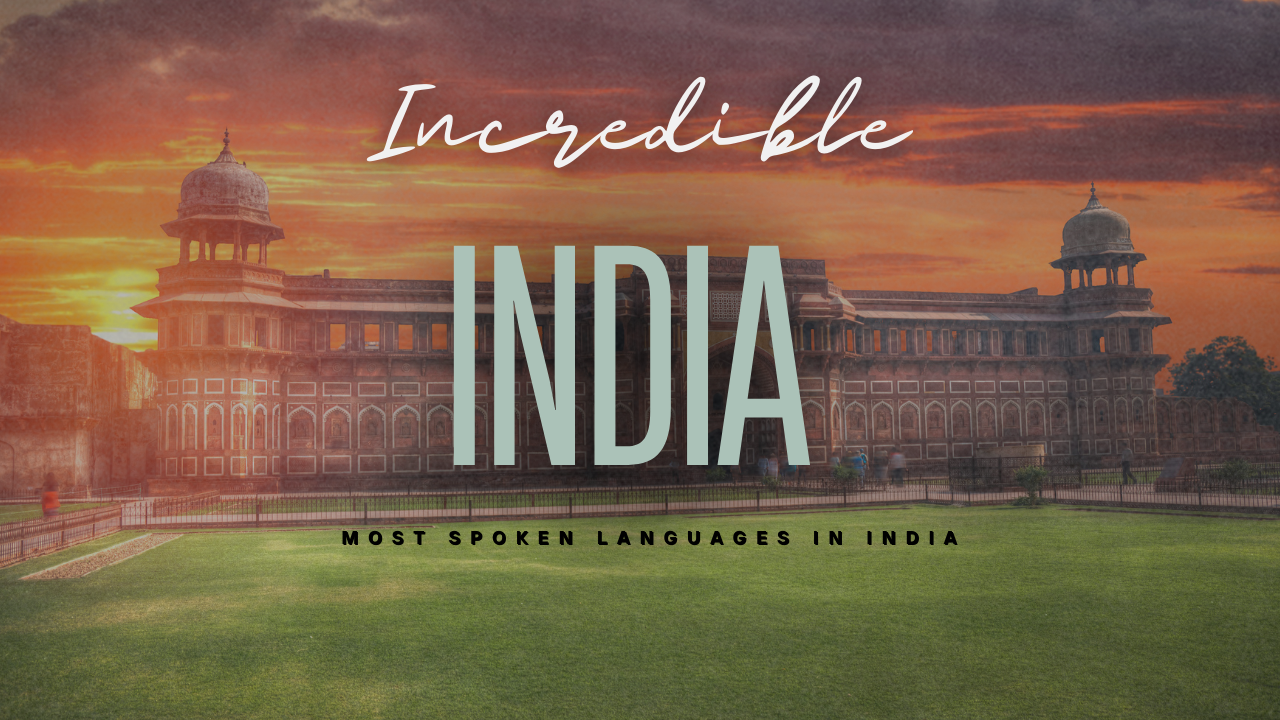

India Language Percentage
| Language | Number of Speakers (In crores) | % of Speakers |
|---|---|---|
| Hindi | 53 | 43.6 |
| Bengali | 9.3 | 8 |
| Marathi | 8.3 | 6.9 |
| Telugu | 8.11 | 6.7 |
| Tamil | 6.9 | 6.7 |
| Gujarati | 5.5 | 5.5 |
| Urdu | 5.1 | 4.2 |
| Kannada | 4.37 | 3.6 |
| Odia | 3.1 | 3.1 |
| Malayalam | 3.48 | 2.88 |
| Punjabi | 3.10 | 2.7 |
As per the 2011 Census report, India boasts 121 languages with a minimum of ten thousand speakers each, collectively representing around 270 distinct mother tongues. Among these mother tongues, 17 have exceeded the ten million mark in terms of speakers, while 43 languages have at least one million speakers. Out of these significant languages, 22 are formally recognized within the Eighth Schedule of the Indian Constitution.
In terms of written records, Sanskrit has earlier attested texts compared to Tamil. However, Tamil's oral traditions and early inscriptions suggest that it has been spoken for a considerable period, possibly alongside or even before the emergence of Sanskrit as a literary language.
The Constitution of India recognizes the following 22 languages as the official languages of India.
| Assamese | Bengali | Bodo | Dogri |
|---|---|---|---|
| Gujarati | Hindi | Kannada | Kashmiri |
| Konkani | Maithili | Malayalam | Manipuri |
| Marathi | Nepali | Odia | Punjabi |
| Sanskrit | Santali | Sindhi | Tamil |
| Telugu | Urdu |
India Population By Language [2025]
Languages in India serve as the primary carrier for accumulating, sharing, and transmitting knowledge & culture from one generation to the next.
It also reflects the different worldviews of different groups and ethnic groups in India. Hindi is presently the most spoken language in India.
As per the 2011 Census language statistics, in India, 57% of the population speaks Hindi.
As per the 2011 Census language statistics, in India, 57% of the population speaks Hindi, followed by 8.9% Bengali, 8.2% Marathi, 7.8% Telugu, 6.3% Tamil, 5% Gujarati, 5.2% Urdu, 4.9% Kannada, 3.5% Odia, 2.9% Malayalam, 3% Punjabi, 2% Assamese, 1.2% Maithili, and 0.3% Sanskrit. The total number of mother tongues reported in the 2011 census was 19,569, with a total of 121 languages identified at the all-India level.
These include 22 languages in the Eighth Schedule to the Constitution of India (Scheduled Languages), 99 languages not included in the Eighth Schedule (Non-Scheduled Languages), and other languages and mother tongues that could not be identified based on available linguistic information.
Of the total population of India, 96.71% have one of the Scheduled languages as their mother tongue, while the remaining 3.29% speak other languages.
The modern form of Hindi spoken in most parts of India today is relatively recent, dating back to the 18th century. Hindustani, a language that emerged between 900AD and 1100AD, is a mix of Persian and Khariboli. By the 18th century, Hindustani had split into two languages: Hindi, which incorporated words from Sanskrit, and Urdu, which incorporated words from Persian. Therefore, technically speaking, Hindi is only 200 years old, while Hindustani has been around for about 1000 years.
Oldest Languages In India
- Sanskrit (7000 years)
- Tamil (5000 years
- Kannada (2000 years
- Telugu (1300 years)
- Malayalam (2000 years)
- Marathi (1300–2000 years)
- Odia (2000 years)
- Bengali (1500 years)
Sanskrit is traditionally considered one of the oldest classical languages in the world, with roots tracing back to the Vedic period, which began around 1500 BCE. It is the liturgical language of Hinduism, and many of the oldest religious texts such as the Vedas and the Upanishads are written in Sanskrit.
English Language In India
English is essential in India. This language is not among the 22 "scheduled" languages recognized and safeguarded by the Constitution. "Scheduled" has a specific meaning in Indian English: national government acts have schedules. Nonetheless, English is the official language of the government. Most individuals learn it in school as a second or third language, even though very few people speak it as their first language.
Learn Hindi with a qualified Hindi teacher when you search for lessons on Superprof!
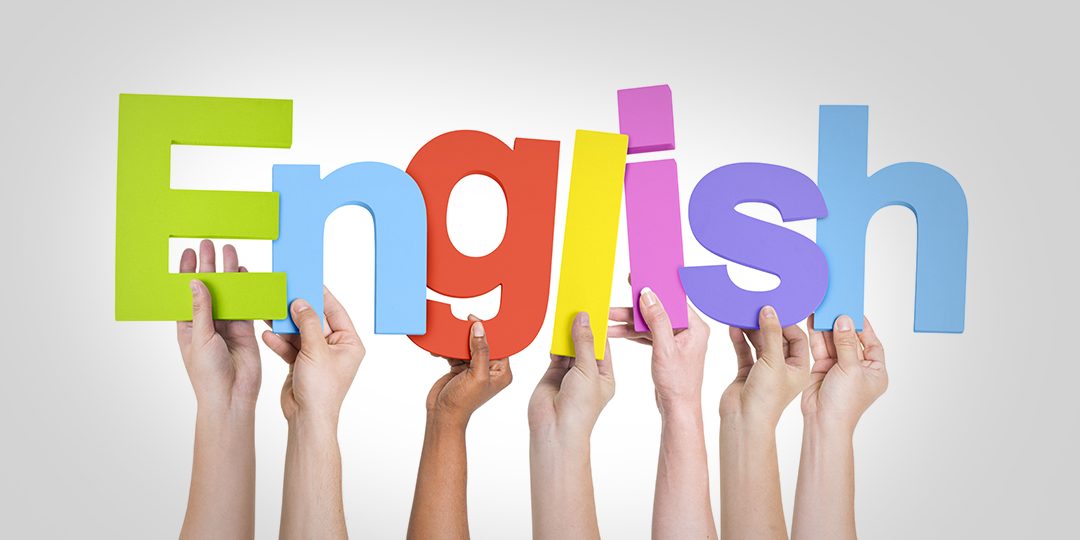
Hinglish
Indian English is the use of Hindi vocabulary in English. This is known as "Hinglish," the Indian term for the Singaporean language "Singlish." Many Indian regions use Hindi phrases for writing or speaking, with a few English words thrown in here and there.
There are a few Hindi words or phrases mixed in with the main text, which is written in English elsewhere and in print. Anyway, unless one is aware of the Hindi references, the importance is not immediately clear.

Bengali Language in India
The earliest known written examples of Bengali date back to the 10th century CE. Over the centuries, Bengali has evolved and developed into its modern form, becoming one of the most widely spoken languages in the world, primarily in Bangladesh and the Indian state of West Bengal.
The Chaltibhasa, or current or colloquial speech, and the Sadhubhasa, or elegant or refined speech, are the two basic speech patterns in Bengali. The former was greatly influenced by the language of the early Bengali poetry works. The 19th century saw its standardization as the language of literature and as a fit medium for both formal and informal interpersonal conversations. Although sadhubhasa was occasionally used for speeches, it was not the language of everyday exchange.
Chaltibhasa is based on the dialects of Kolkata (Calcutta) and the smaller towns along the Bhagirathi River. Early in the twenty-first century, it had its literary debut. By the early years of the twenty-first century, it had become the standard colloquial speech of the educated class and the dominant literary language. The verb forms and pronouns of the Sadhubhasa are contracted in Chaltibhasa. The lexicon also exhibits notable variations.
Even while differences in Bengali usage are related to religion, social status, and level of education, regional differences account for the majority of differences. The four main dialects are named after the ancient political divisions of the Bengali-speaking world: Pundra, or Varendra (the northern parts of West Bengal and Bangladesh), Kamrupa (northeastern Bangladesh), and Radha (West Bengal proper). Bangla refers to the dialects of the rest of Bangladesh; see also Bangladesh: history. Moreover, Bengali speakers in the two cities of Chittagong and Sylhet have developed dialects with lexical and phonological characteristics that are essentially unintelligible to non-native speakers.
Telugu Language in India
Mikhail S. Andronov states that Proto-Telugu originated from the Proto-South-Central-Dravidian language. Smaller literary languages include Tulu and Kodava. The earliest known Telugu inscription is the Kalamalla inscription from 575 CE, erected by Renati Chola king Erikal Mutturaju Dhanunjaya, dating back to around 1000 BCE.
Telugu has several distinct regional dialects, yet the written form is often the same. Up to the 20th century, Telugu was written in an archaic style that was very dissimilar from the spoken language. In the latter half of the 20th century, a new writing standard emerged that was based on the spoken language of the day. The ancient Telugu speakers would use the word "Bu" instead of "Mu." The letters Du, Mu, Vu, and Lu of the Prathamaa Vibhakti were used many times.
There are 27 notable dialects in Telugu: Berad, Dasari, Dommara, Golari, Kamathi, Komtao, Konda-Reddi, Salewari, Telangana, Warangal, Mahaboobnagar (Palamuru), Gadwal (Rayalaseema mix), Narayanapeta (influence of Kannada and Marathi), Vijayawada, Vadaga, Srikakulam, Visakhapatnam, Toorpu (East) Godavari, Paschima (West) Godavari, Kandula, Rayalaseema, Nellore, Prakasam, Gunturu, Tirupati, Vadari, and Yanadi (Yenadi).
Marathi Language in India
Marathi is believed to be over 1300 years old, having developed from Sanskrit, which in turn originated from Prakrit and Apabhramsha. Apabhramsha is a term used by native grammarians since Patañjali to refer to languages spoken in North India before the emergence of modern languages. Its grammar and syntax are believed to have originated from Pali and Prakrit.
The Marathi language belongs to the southern branch of the Indo-Aryan language family. Spoken mostly by its residents, it has been the official language of Maharashtra state in western India since 1966. There were various names for Marathi in the past, like Maharashtri, Marhatti, Mahratti, etc. Approximately 90 million people speak Marathi globally, with 68 million of those speakers being in India. Despite being the fifteenth most spoken language in the world, it is the fourth most spoken in India. The Marathi language is believed to have emerged quite early on its own. Marathi is the oldest language among the Indo-Aryan regional literary works.
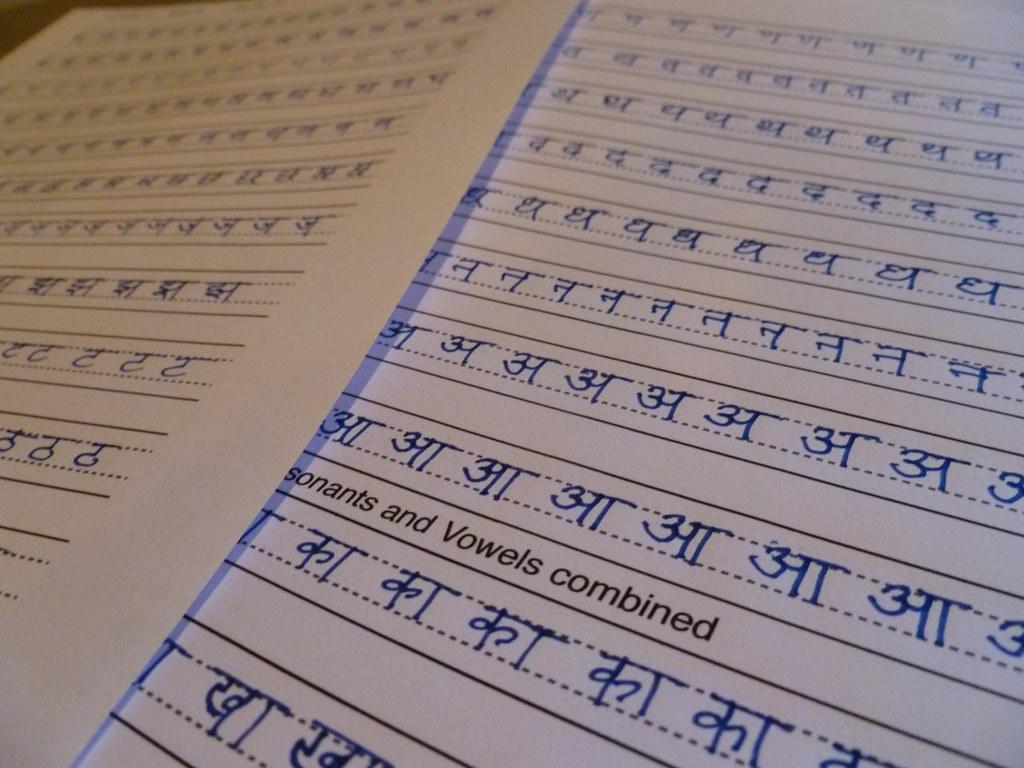
Goa has designated Marathi as a "Scheduled Language," making it one of its official languages as well. One of the languages included in the Indian Constitution's Eighth Schedule is Marathi. The Maharashtra government has petitioned the Ministry of Culture to get Marathi recognized as a classic language. The current grammatical guidelines published by the Maharashtra Sahitya Parishad and approved by the Maharashtra government are considered to be the ones indicated above in standard Marathi texts.
The Sanskrit word "tatsama," which is adopted from Marathi, has special meaning in accordance with the Marathi language heritage and the previously described principles. In this unique situation, one is expected to respect both Tassama and Sanskrit rules. Marathi will get access to a large body of Sanskrit by doing this, enabling her to be ready to reply to inquiries about new terminology at any time.
Find amazing Hindi classes near me and begin learning everything you want to know today!
Tamil Language in India
Spoken in southern India, Tamil is a member of the Dravidian language family, which also includes Telugu, Kannada, and Malayalam. The language known as Tamil (Teṉ tirāviṭa moḻi) is classified as Southern Dravidian (தென் திராவிட மொழி).
This classification was based on the language's unique linguistic traits that differentiate it from other Dravidian languages, as well as its geographic distribution. Northern Sri Lanka, Singapore, and the southern regions of the Indian subcontinent—including the Indian states of Tamil Nadu, Kerala, Karnataka, and Puducherry—are the main locations where Southern Dravidian languages are spoken.
The Tamil language is believed to have originated from a proto-Dravidian language spoken by the region's prehistoric inhabitants; however, its precise origins are unknown. The Tamil language originally appeared during the Sangam era, which spanned the third century BCE to the third century CE. During this period, Tamil saw extensive use in poetry, literature, and religious writings, leading to significant grammatical and lexical changes in spoken language.
Urdu Language in India
Urdu is thought to have started in the sixth century by some linguists. It grew even more as Turkish and Persian invasions began in the eleventh century. However, different experts have differing views on the origins of Urdu. Some believe it originated from the Brij bhasha dialect of Western India. Some believe that the language came from Hariani, which was extensively spoken under the rule of the Delhi Sultanate. Thus, among other native languages, the earliest forms of Urdu were named Khariboli or Old Hindi.
The merging of Muslim and Hindu civilizations resulted in the introduction of numerous Persian terms into Old Hindi. From the 13th to the 18th centuries, the language was still called Hindi or Hindustani, but in reality, it was a blend of Hindi and Persian influences. As a result, a lot of scholars believe that the language, also called Dehlavi, arose in the areas around Delhi, where Persian and local dialects mixed.
Improve your skills with a Hindi class on Superprof today!
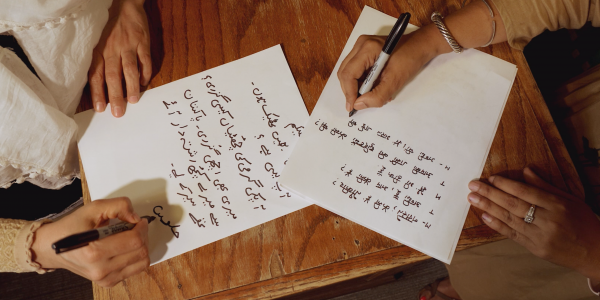
The Delhi Sultanate declared Persian to be its official language, and the Mughal Empire upheld this decision. Amir Khusrau, a renowned scholar and poet, wrote in Hindavi in the 13th century. Zaban-e-Urdu was not formally adopted until the 18th century, towards the end of Aurangzeb's reign, despite being the spoken and written language of the region. The word "Urdu" comes from the Turkish word "ordu," which means "language of the camp" or "army." It is believed that the name Urdu was first used by Ghulam Hamadani Mushafi around 1780.
The Urdu language is divided into four recognized dialects: Modern Vernacular Urdu, Dakhini, Dhakaiya, and Rekhta. The Dakhini dialect is spoken in Tamil Nadu, Maharashtra, Karnataka, and Andhra Pradesh. Urdu is spoken in Bangladesh; however, it is dwindling in usage. Rekha is used when writing poetry in Urdu. Finally, modern vernacular Urdu is spoken in some cities, like Delhi.
All of the aforementioned Urdu dialects are mutually comprehensible. Moreover, spoken Hindi and spoken Urdu are mutually understandable since they are part of the same linguistic continuum. Consequently, people who study Urdu can communicate in Hindi and vice versa. The common tongue of Northern India is thus identified as Hindi and Urdu (together called Hindustani), which helps to explain why so many Indians are learning Urdu as a second language.
Urdu and Hindi, however, are recognized as distinct languages. This is mostly because both languages are widely spoken, in contrast to dialects that are typically spoken in more remote locations. Furthermore, the written forms of the two languages are incomprehensible to one another since Urdu words are written in Nasta'liq. There are also clear disparities in vocabulary: Hindi has a vocabulary that is more derived from Sanskrit, whereas Urdu has a vocabulary that is more derived from Arabic and Persian.
Learn Hindi with spoken Hindi classes online with the help of passionate teachers on Superprof.

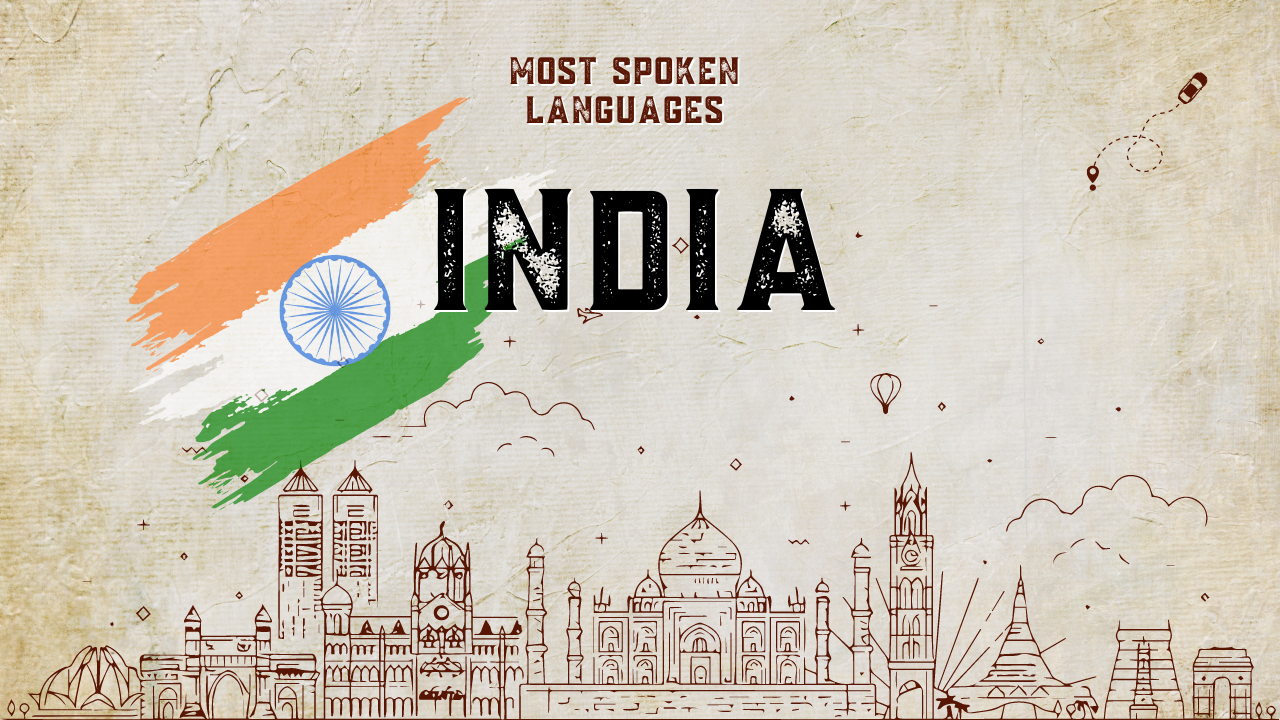







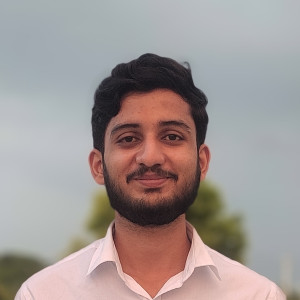








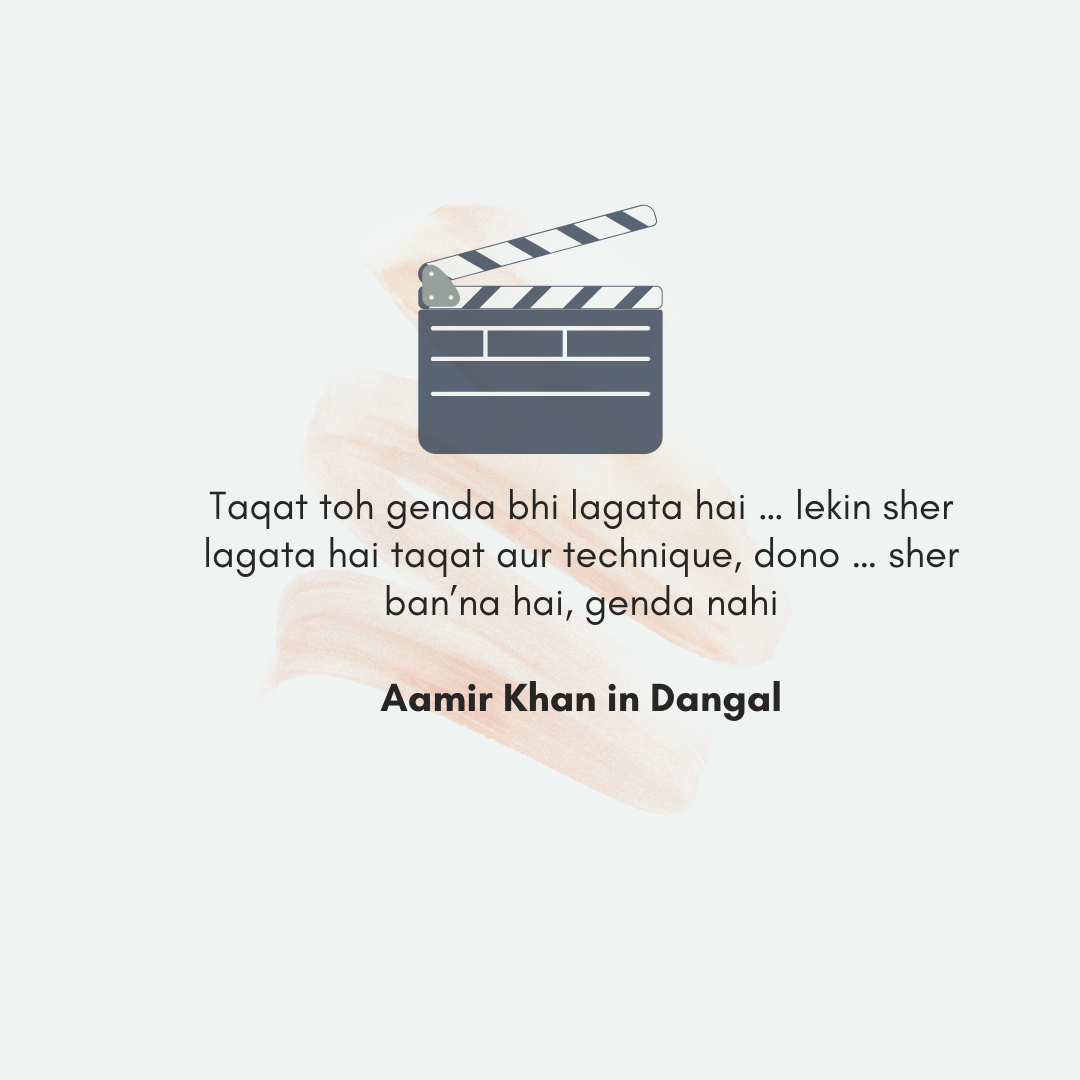
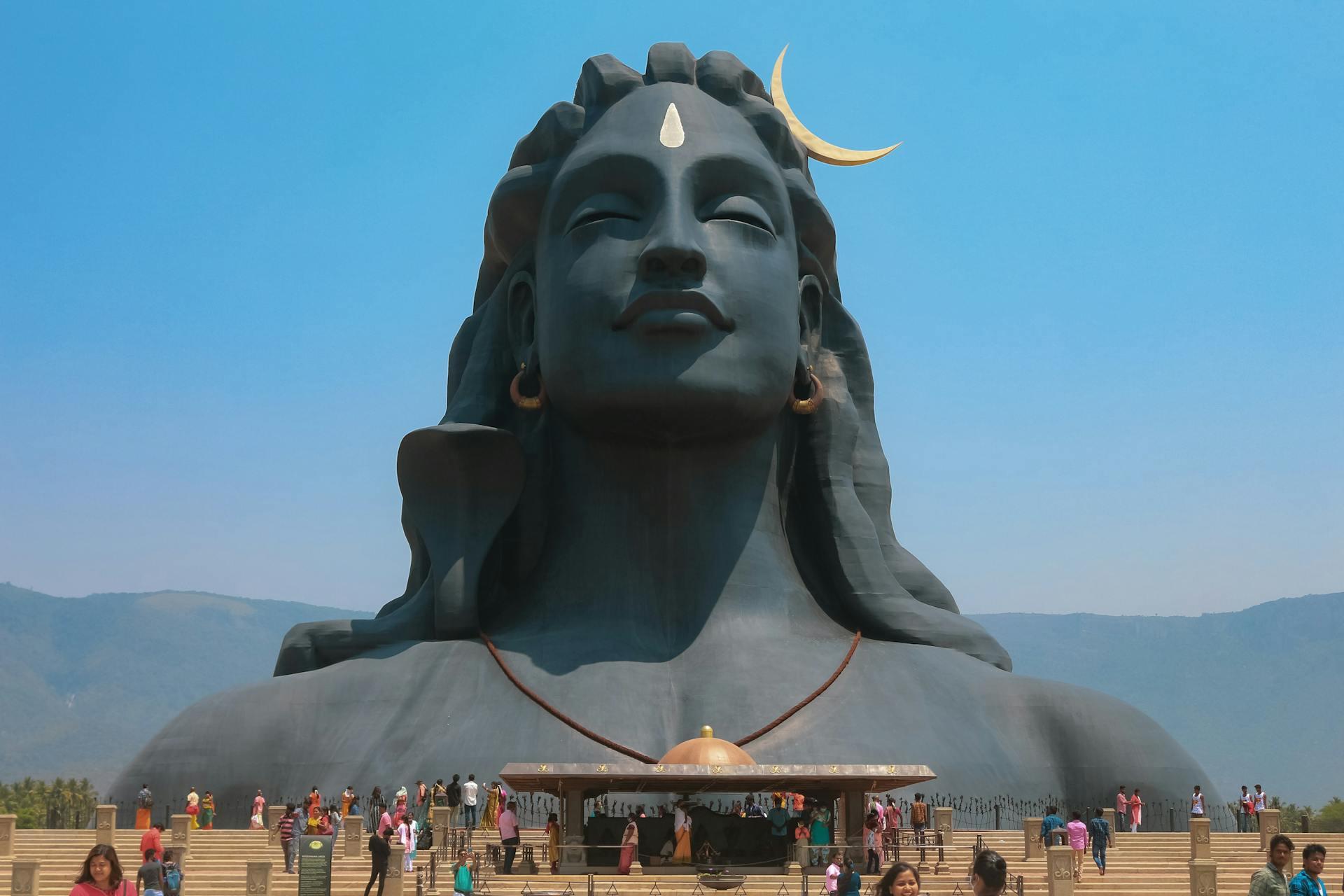
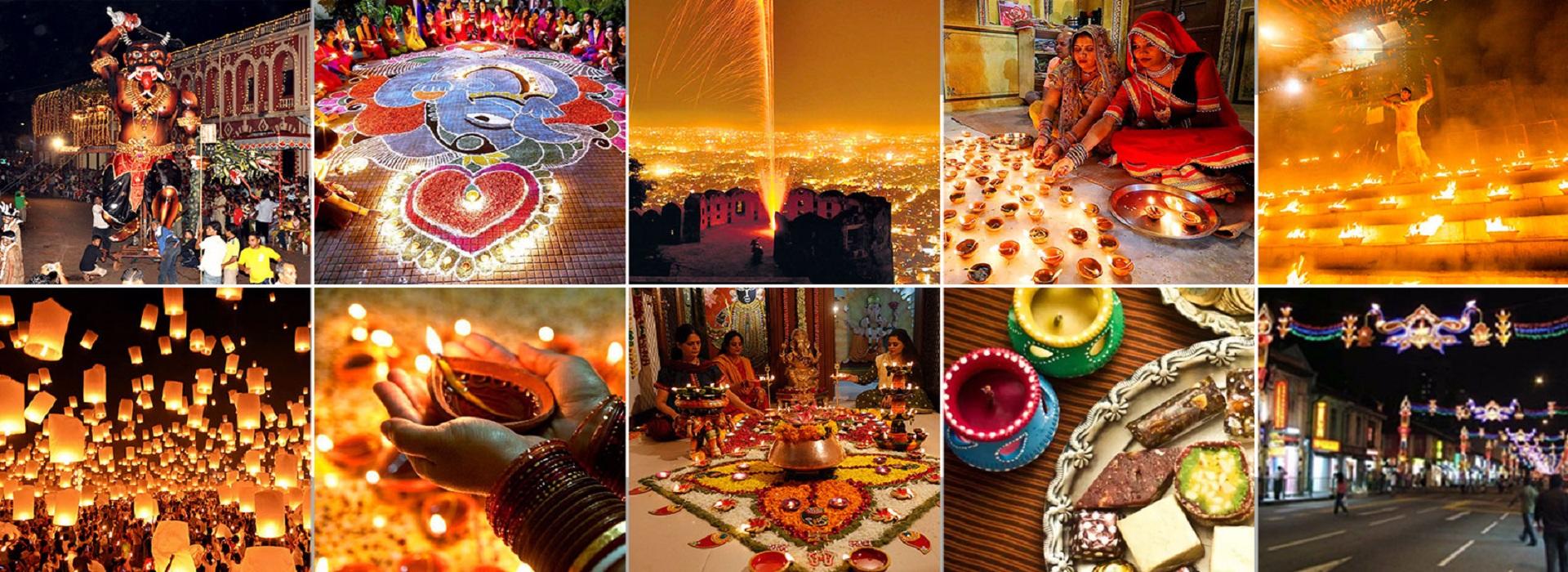
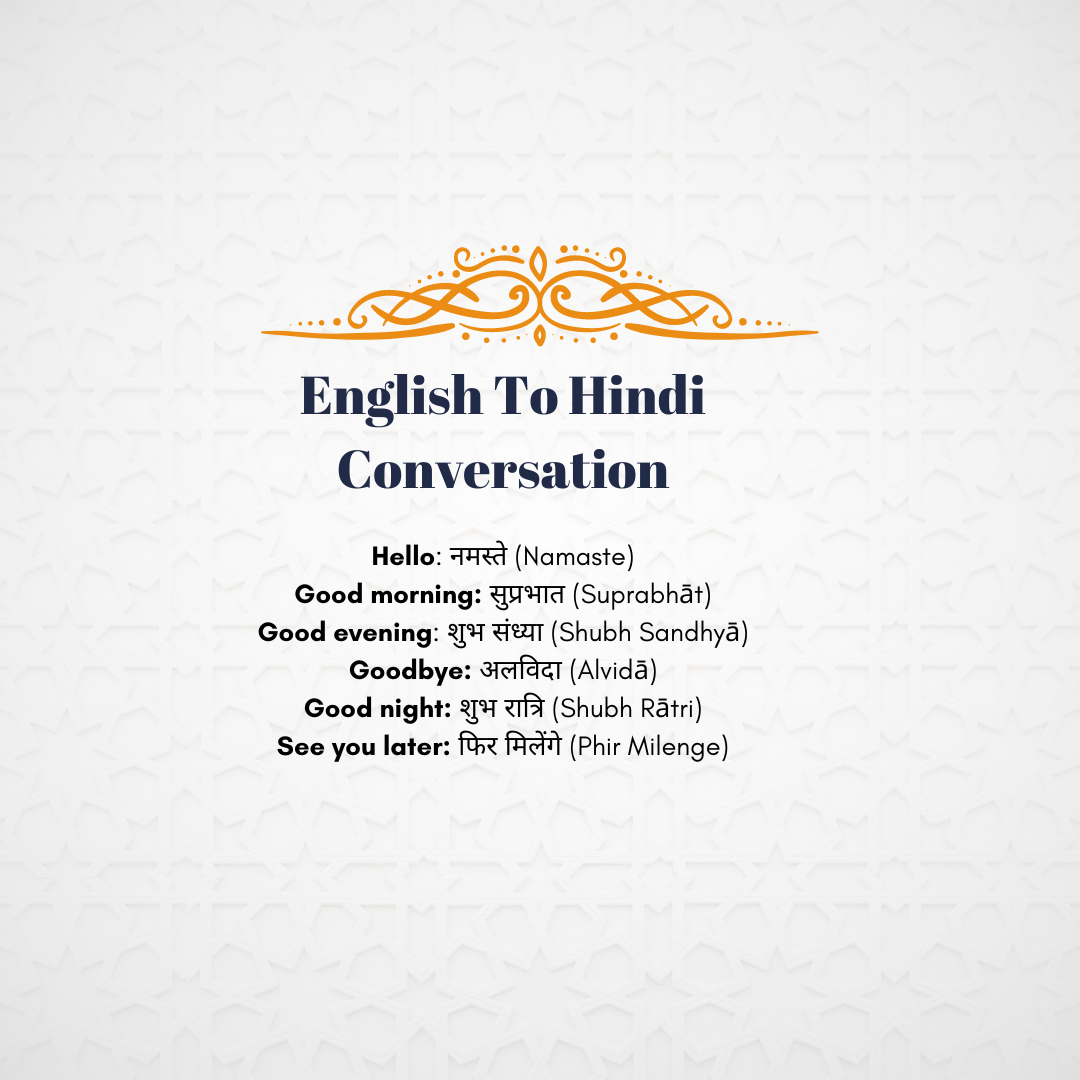
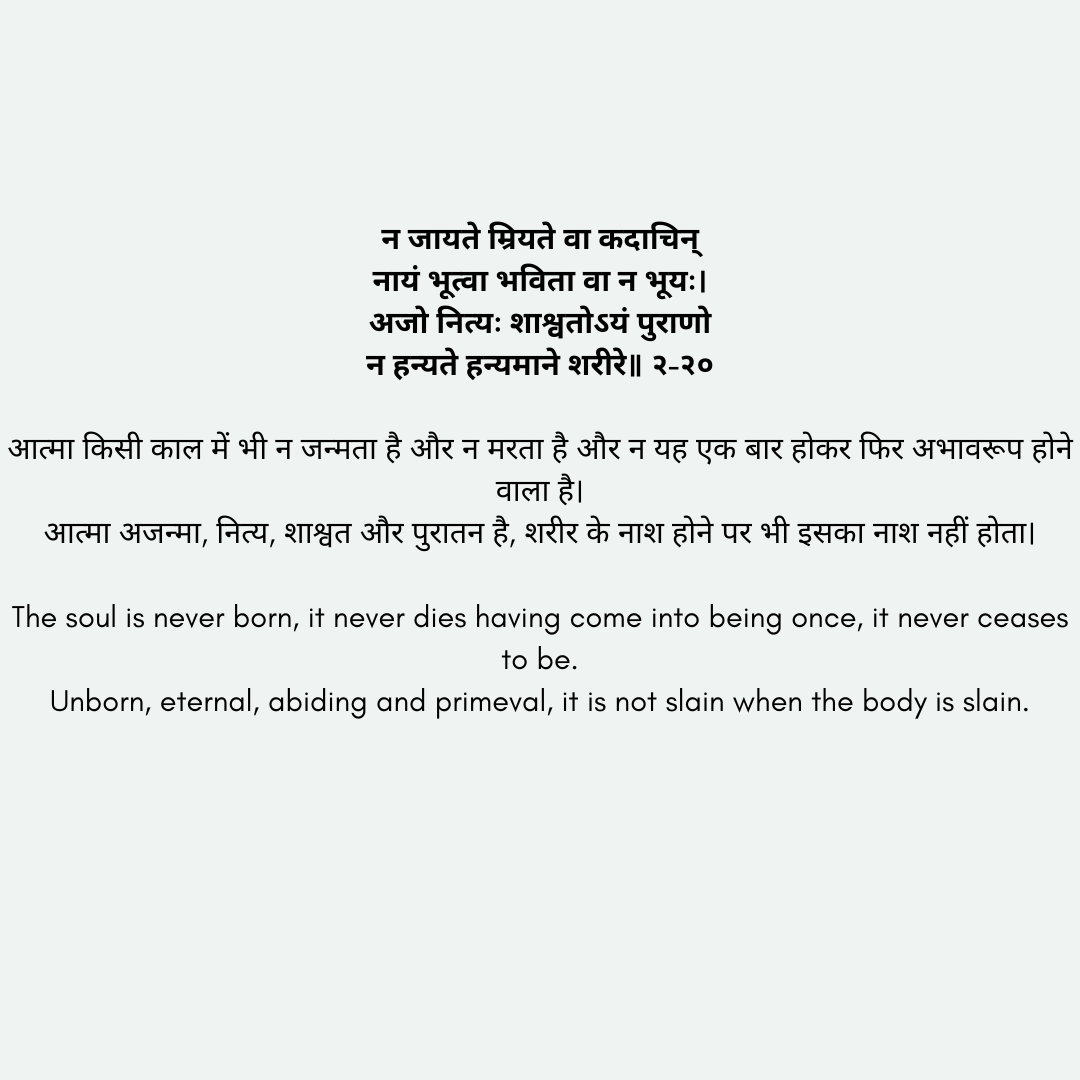

I love the fact that this article started with a little history about India. The transition and the pointers are threaded lightly.